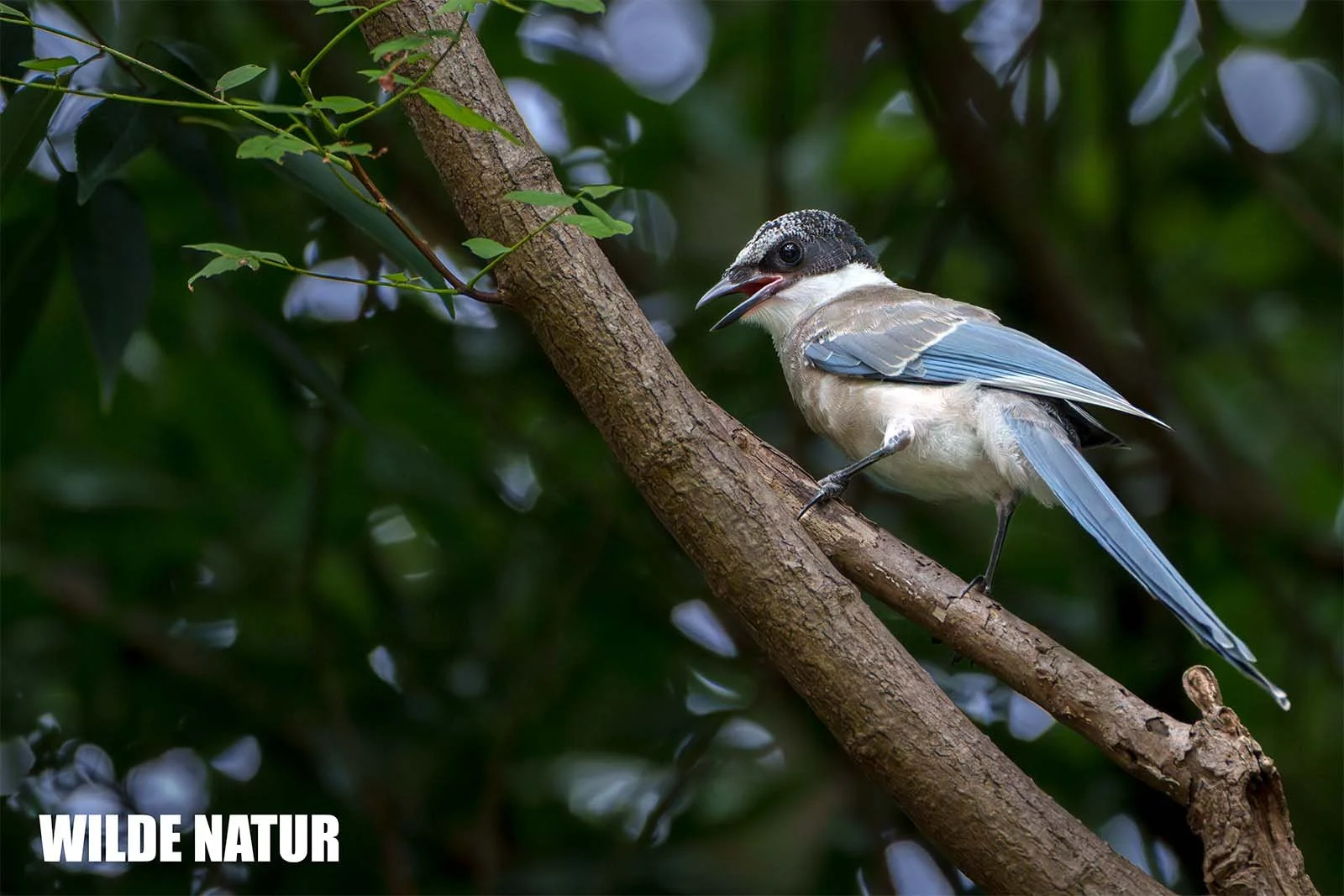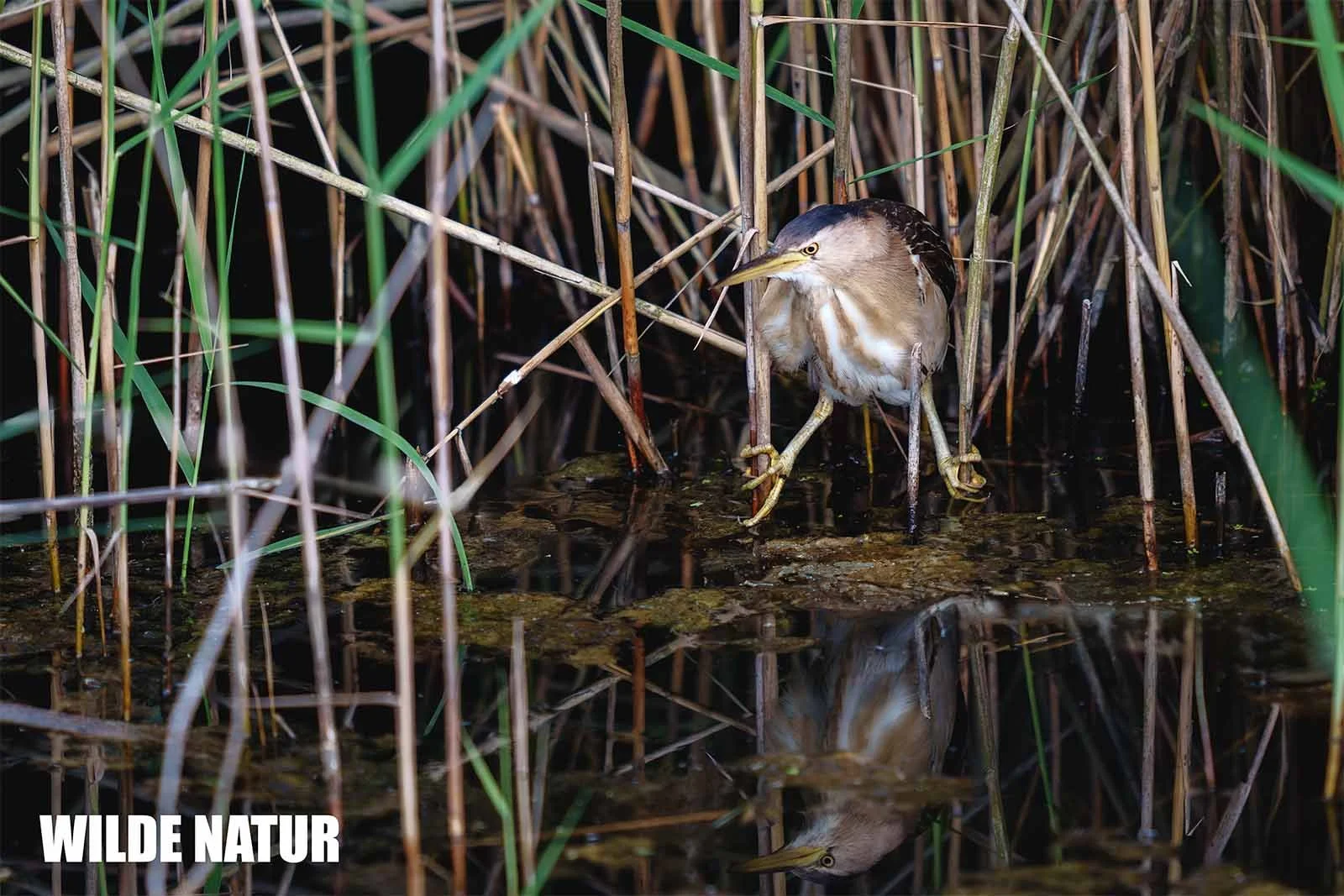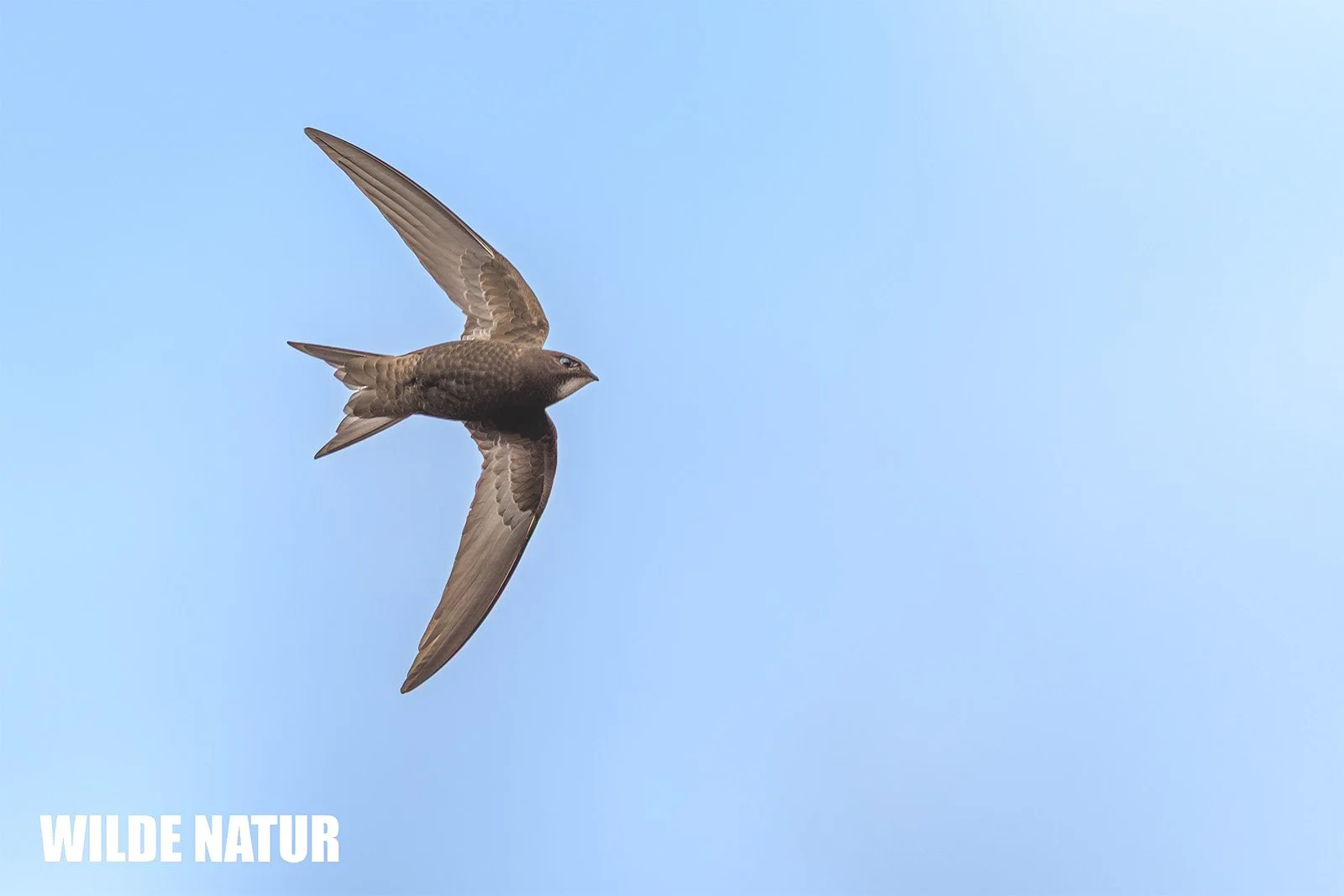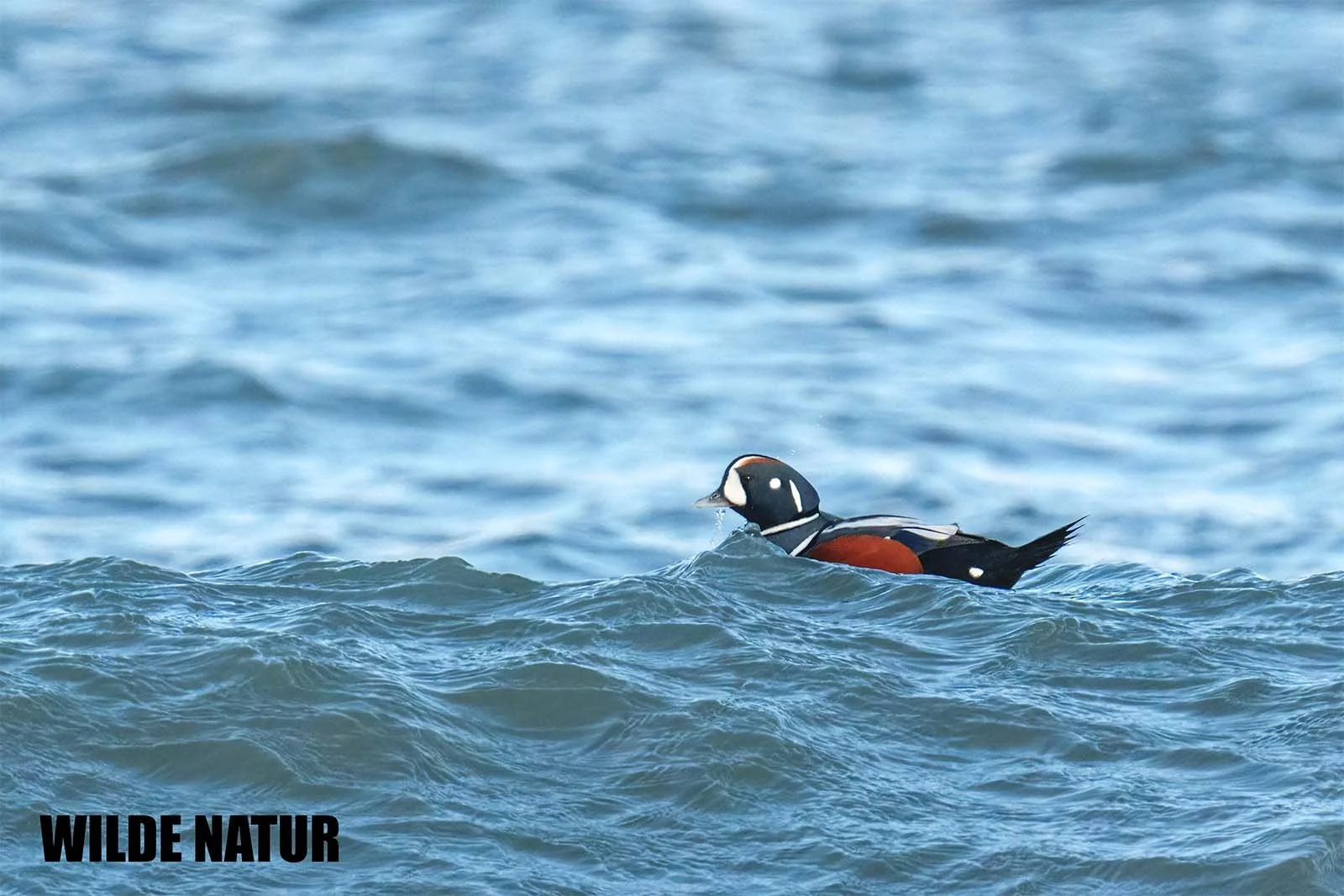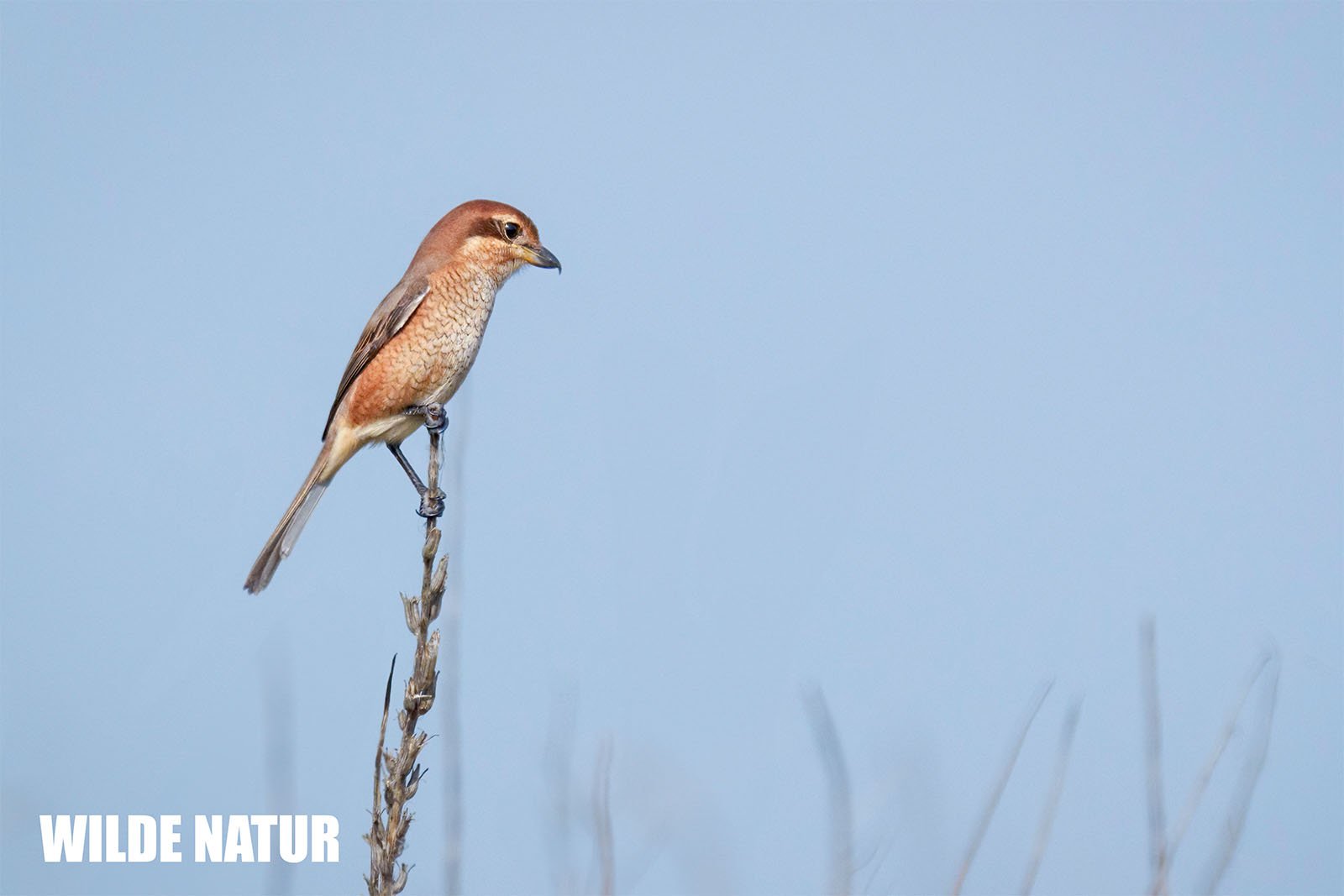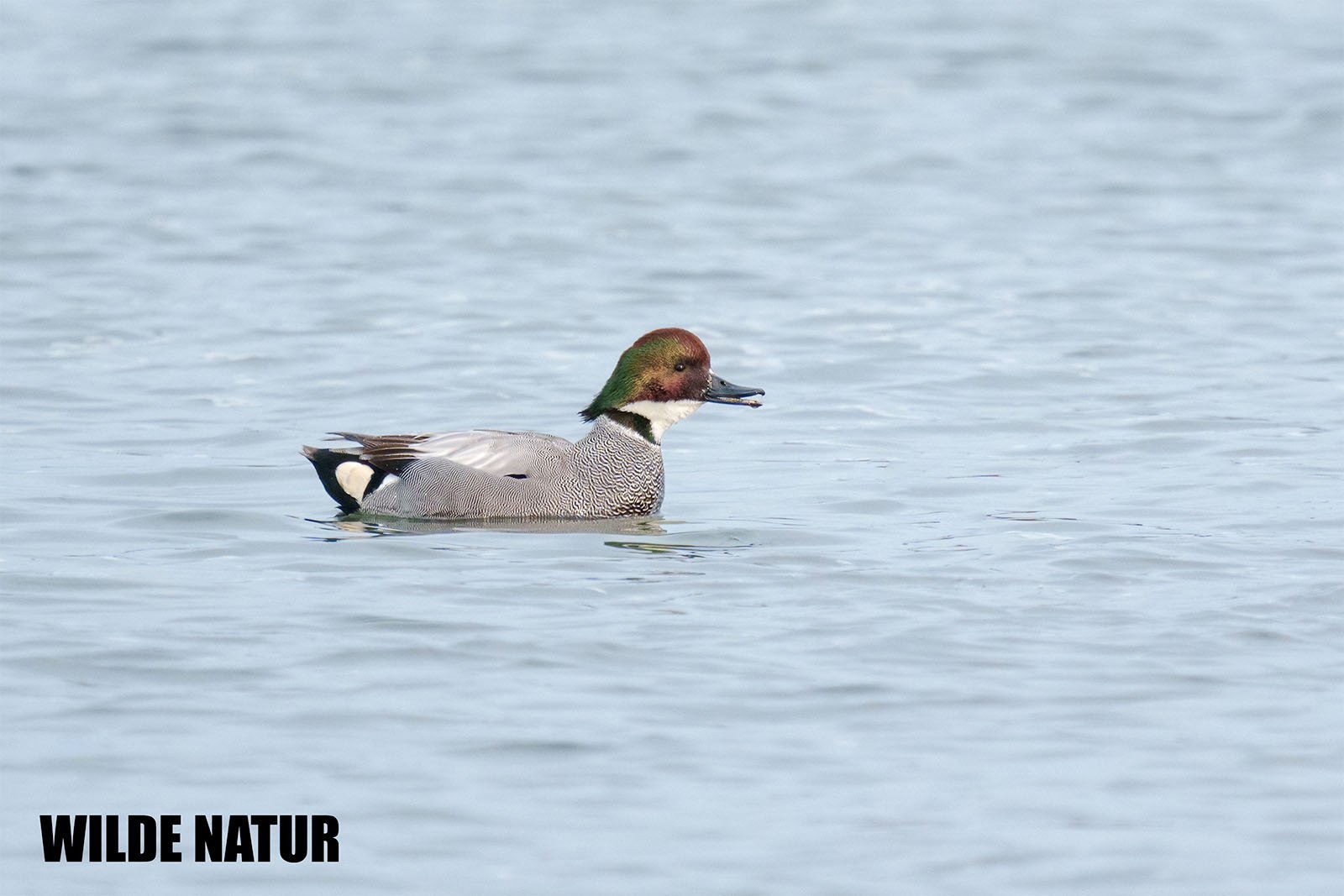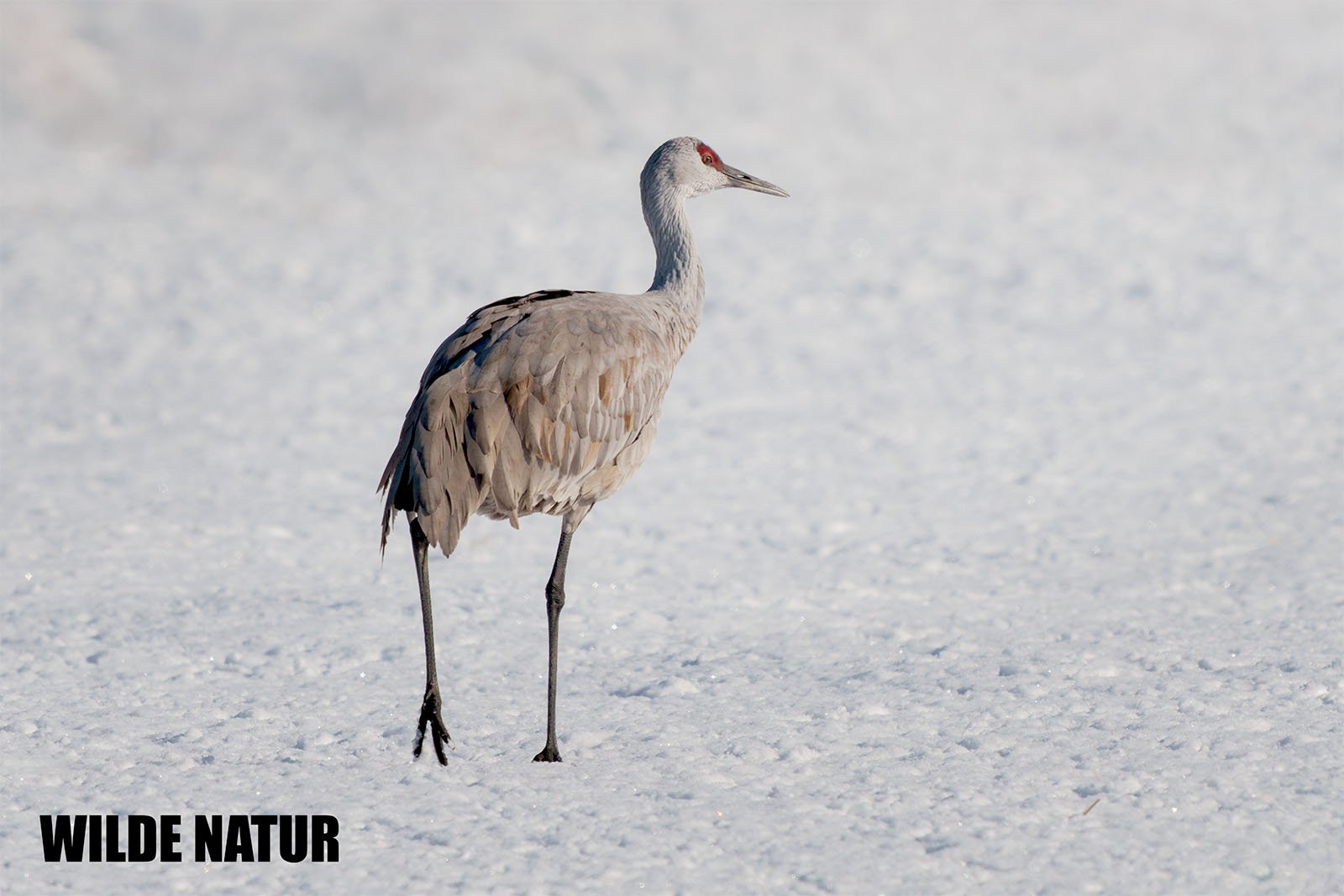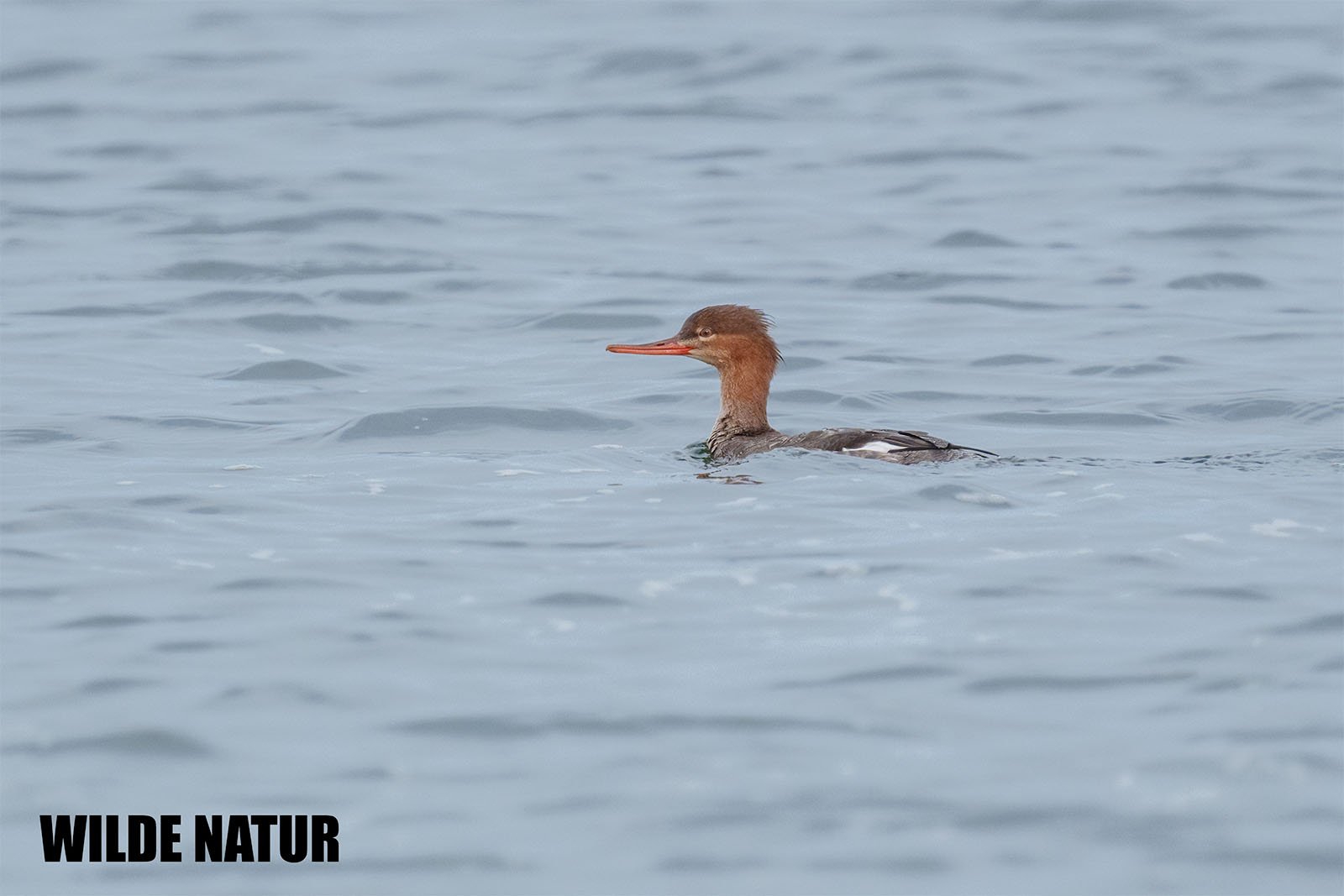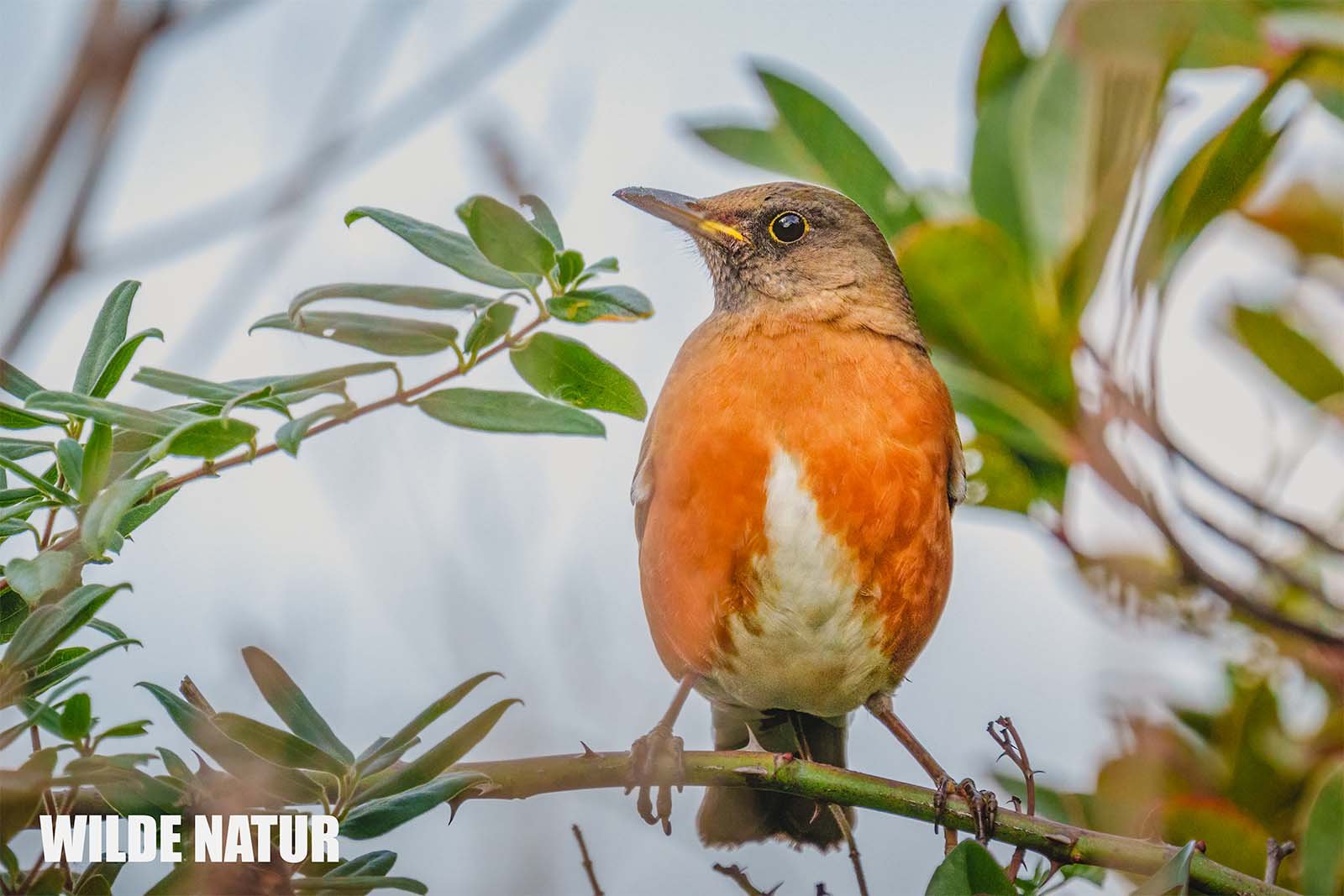White-cheeked Starling (Spodiopsar cineraceus)
White-cheeked starling (Spodiopsar cineraceus) Awith dark plumage and white facial patch. At Boso / Japan
White-cheeked Starling - A City Bird with Character
The White-cheeked Starling (Spodiopsar cineraceus) is a common urban bird in Japan. Recognizable by its pale cheeks and loud call, it thrives in both cities and countryside.
Shortlist
Medium-sized songbird with distinct white cheeks
Common in cities, parks, rice fields, and rooftops
Omnivorous – from insects to food scraps
Nests in cavities, building gaps, and lamp posts
Year-round resident (migratory only in northern Japan)
Scientific Name: Spodiopsar cineraceus
Common Name: White-cheeked Starling
Japanese Name: ムクドリ
Length: approx. 24 cm
Weight: 75–100 g
Plumage: Gray to blackish gray, with white cheeks
Bill: Bright orange with a dark tip
Diet: Insects, worms, berries, food waste
Breeding Season: April to July
Clutch Size: 4–6 eggs
Behavior: Partly resident, partly migratory
Habitat: Cities, fields, parks, gardens
Conservation Status: Very common, not endangered
Table of Contents
- Introduction
- Appearance
- Habitat
- Diet
- Breeding
- Migration
- Population Status
- Species Overview
- FAQ – Common Questions
Introduction
Whether perched on power lines, walking across supermarket parking lots, or chattering in temple gardens, the White-cheeked Starling is everywhere life bustles. One of the most visible birds in Japanese cities and towns, it is hardy, adaptable, and easy to recognize thanks to its pale cheeks and sharp voice.
Appearance
Measuring around 24 cm and weighing up to 100 grams, the White-cheeked Starling is solidly built and well-suited to urban life.
Typical features:
- Head, neck, and chest: dark gray to blackish (males usually darker)
- Bright white cheeks – like a small mask
- Back and wings: gray to brown-gray, sometimes with slight iridescence
- Underparts: light gray to beige
- Bill: orange with a dark tip
- Legs: orange
- Flight: short, direct, and energetic, often in low arcs
It’s easy to spot, especially in flight or when calling from a high perch.
Habitat
The White-cheeked Starling is widespread across Japan — year-round in Honshū, Shikoku, and Kyūshū; only in summer in Hokkaidō.
Typical habitats:
- Open areas like rice fields, parks, lawns
- Suburban areas and temple grounds
- Urban zones: rooftops, wires, lamp posts
- Anywhere with trees for nesting and open space for feeding
When not foraging on the ground, it gathers in flocks on visible vantage points to rest and call.
Diet
A classic omnivore, the White-cheeked Starling is opportunistic and highly flexible.
By season:
- Spring/Summer: Insects, caterpillars, worms
- Autumn/Winter: Berries, seeds, fruit
- In cities: Bread crumbs, rice grains, trash
It forages mostly on the ground and often in groups, whether on grassy lawns or roadside ditches — a key to its success in urbanized areas.
Breeding
Breeding takes place from April to July, and the species is not picky about where it nests.
Nesting details:
- Sites: tree hollows, building crevices, lampposts, nest boxes
- Nest: loosely built with grass, feathers, and straw
- Clutch: 4 to 6 eggs
- Incubation: about 13–14 days
- Both parents feed the chicks
- Young birds fledge around two weeks after hatching
As long as there's a cavity or a nook, this bird will settle in — from countryside barns to concrete high-rises.
Migration
The White-cheeked Starling shows regional differences in its movement:
- Honshū, Shikoku, Kyūshū: non-migratory; present year-round
- Hokkaidō: summer resident; migrates south in winter
- Late summer/autumn: forms larger flocks, often mixed with other starling species
Movements are local and influenced by temperature and food availability.
Population Status
The White-cheeked Starling is not endangered and is considered one of Japan’s most common urban birds.
Success factors:
- Adaptability to man-made environments
- Flexible and omnivorous diet
- Use of artificial nesting sites
- Low fear of humans
It’s a textbook case of an avian urban adapter.
Species Overview – White-cheeked Starling
| Feature | Description |
|---|---|
| Scientific Name | Spodiopsar cineraceus |
| Common Name | White-cheeked Starling |
| Japanese Name | ムクドリ |
| Length | ~24 cm |
| Weight | 75–100 g |
| Plumage | Gray to blackish, with bright white cheeks |
| Bill | Orange with a dark tip |
| Diet | Insects, berries, worms, urban scraps |
| Breeding Season | April to July |
| Clutch Size | 4–6 eggs |
| Nest Type | In cavities or artificial nooks |
| Behavior | Year-round resident (migratory in the north) |
| Habitat | Cities, rice fields, parks, gardens |
| Conservation Status | Very common, not endangered |
FAQ – Common Questions
1. Where can I see the White-cheeked Starling?
Everywhere in Japan except northern Hokkaidō in winter — parks, rooftops, telephone wires, fields, and even parking lots.
2. How do I identify it?
Look for the white cheeks, orange bill with a dark tip, and loud chattering calls — especially when perched.
3. What does it eat?
Almost anything: from insects and worms to berries, fruit, and human leftovers. It adapts easily to city life.
4. Does it nest in cities?
Yes — it nests in lampposts, rooftops, tree holes, or any nook it finds suitable.
5. Is it a protected or rare species?
No. It’s very common and thriving across Japan, thanks to its flexibility and urban adaptability.



